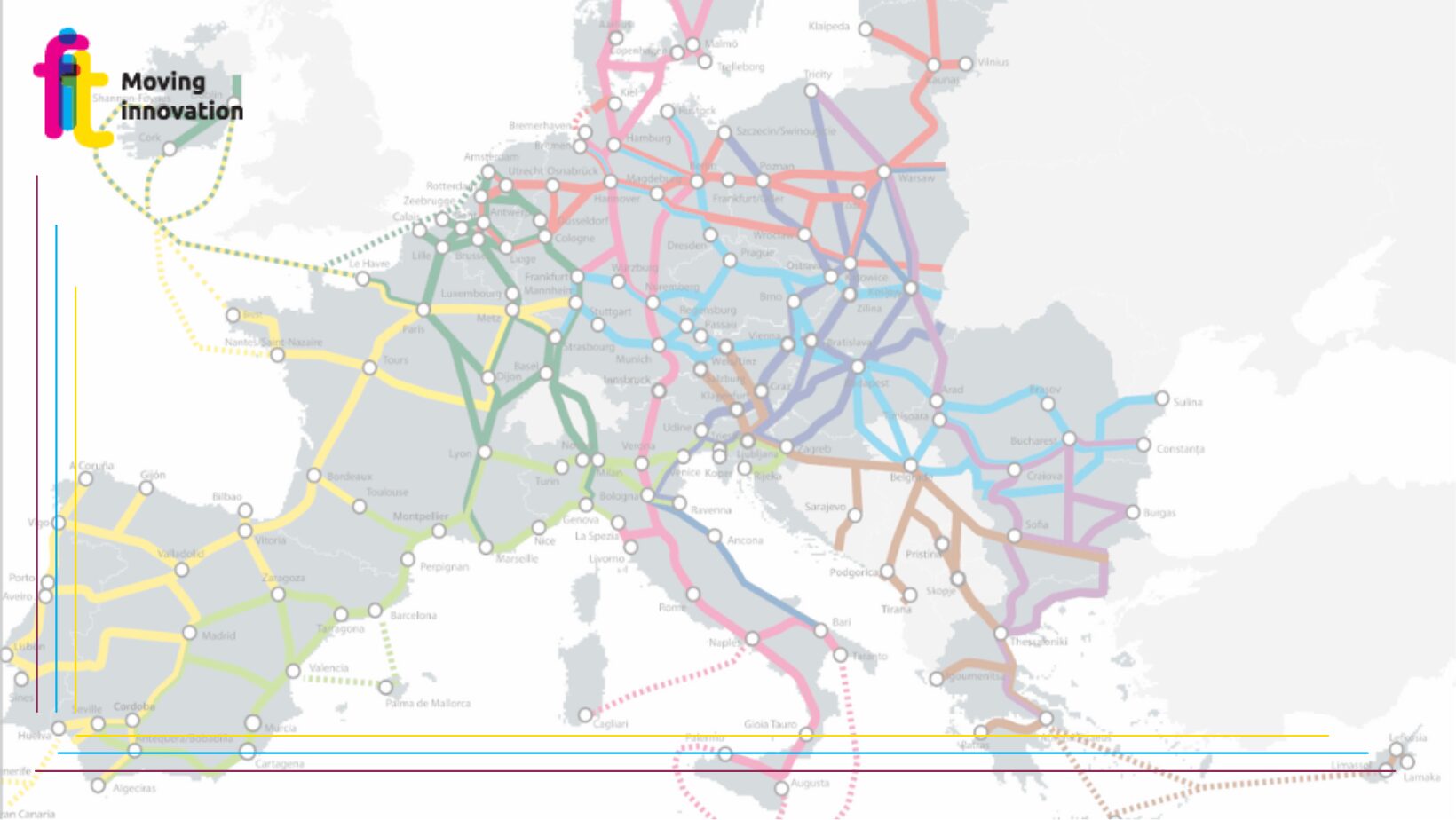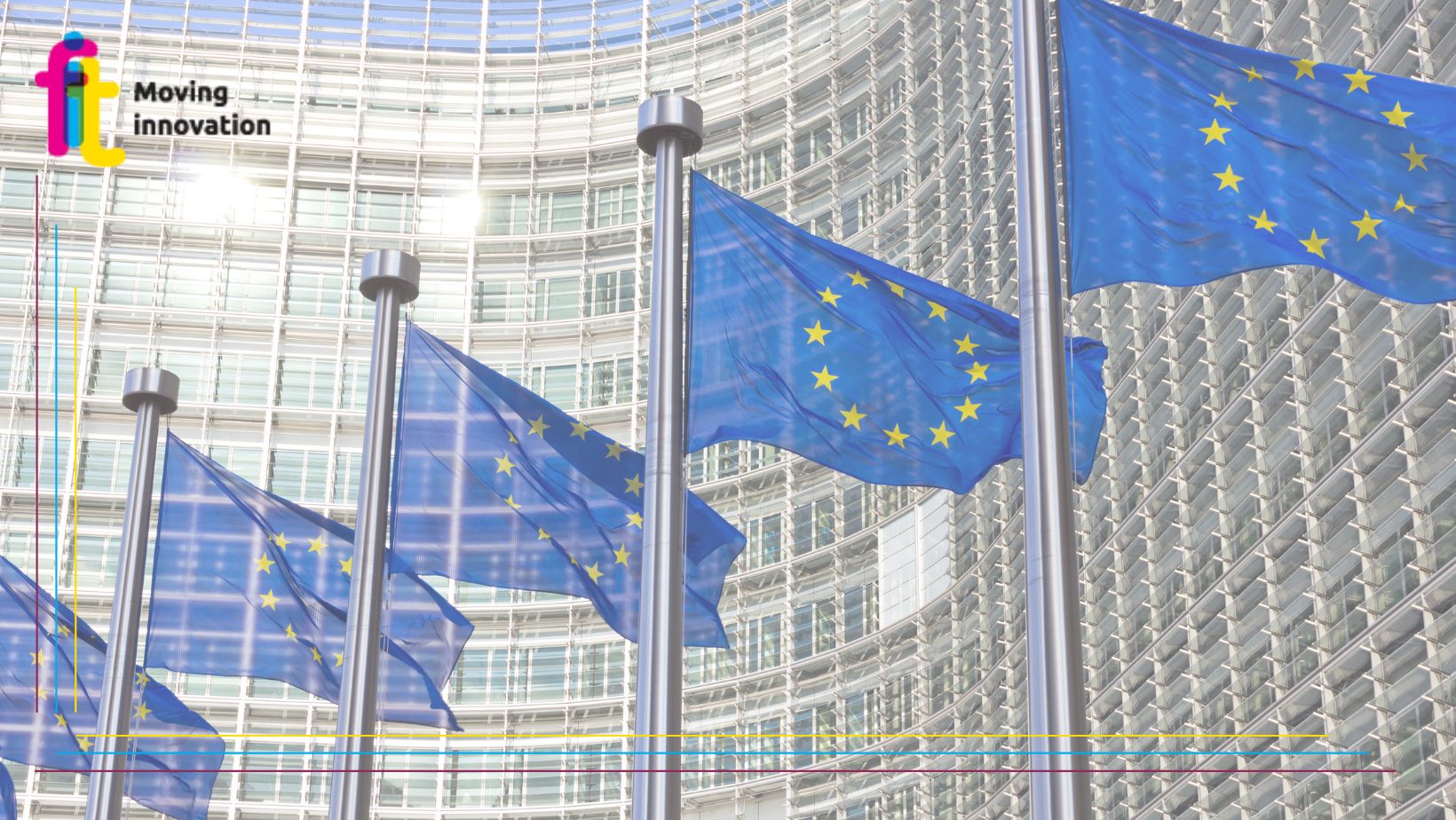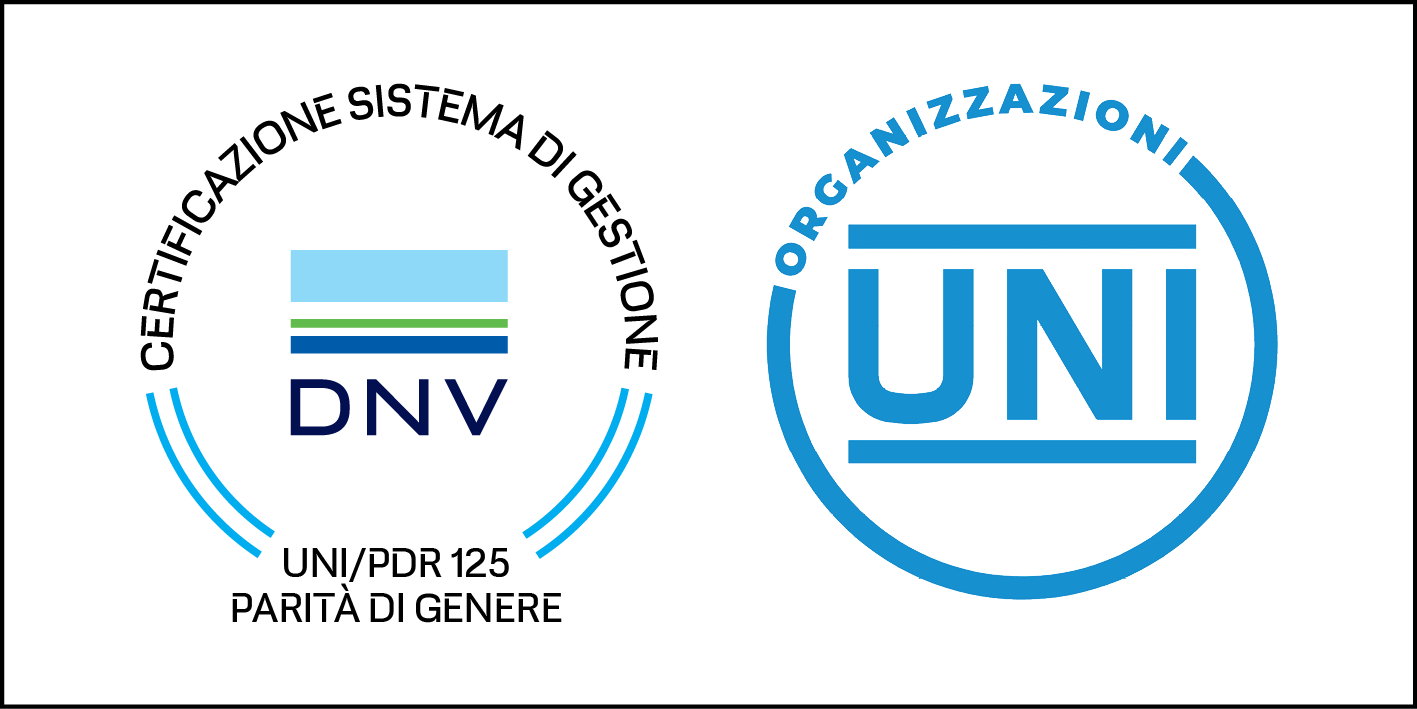TEN-T network, European Council gives green light to new regulation for better and more sustainable connectivity
On 13 June, the European Council adopted the revised regulation on EU guidelines for the development of the trans-European transport network (TEN-T). The new law aims to build a reliable, seamless and high-quality transport network ensuring sustainable connectivity throughout Europe without physical interruptions, bottlenecks and missing links.
The TEN-T network is a key instrument of EU transport policy with a huge contribution to our sustainable mobility goals as well as to economic, social and territorial cohesion. Today’s adoption of the revised regulation certainly represents a milestone towards a sustainable and resilient network in Europe, which should address the mobility concerns of our citizens and businesses in the years to come.
The TEN-T network will be developed or upgraded step by step with the new regulation setting clear deadlines for its completion in three phases:
- until 2030 for the core network
- until 2040 for the extended core network
- until 2050 for the global network
The new intermediate deadline of 2040 was introduced to anticipate the completion of large-scale, mainly cross-border projects, such as missing rail links, before the 2050 deadline that applies to the wider, comprehensive network. For example, the new high-speed rail links between Porto and Vigo and between Budapest and Bucharest are to be completed by 2040. Another example: once the network is completed, passengers will be able to travel between Copenhagen and Hamburg in 2.5 hours by train, instead of the 4.5 hours required today.
In order to ensure that infrastructure planning meets real operational needs and, by integrating railways, roads and waterways, the new regulation combines core network corridors with rail freight corridors in so-called ‘European transport corridors’. These corridors are of utmost strategic importance for the development of sustainable and multimodal freight and passenger transport flows in Europe.
Source: European Council









